Blockchain for Construction – A Use Case
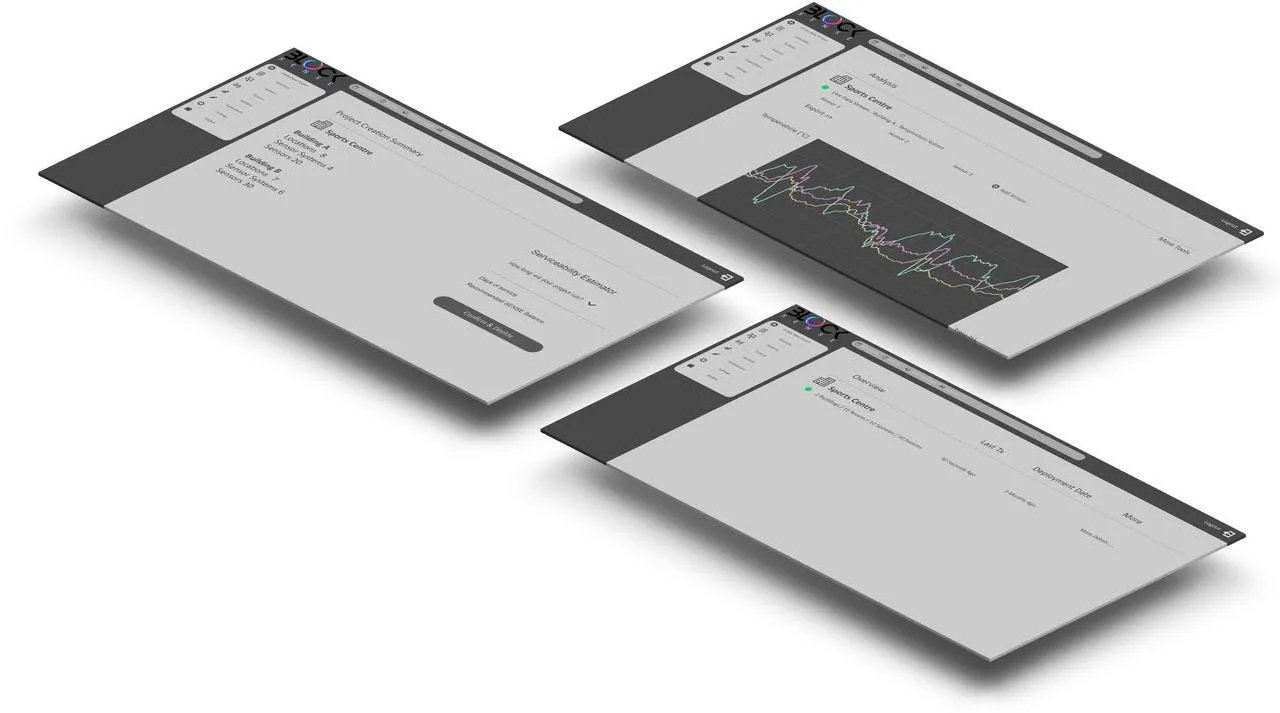
Hey Steemians, I have touched on a few topics that relate to Digital Engineering, BIM and other construction/technology linked ideas. Today I wanted to share with you some of the work and research I carried out during my studies. I feel it’s a perfect time to share with the release of Arup’s Blockchain paper in the last week or so.
Going Decentral

Studying as an Engineer I developed some of the typical skills one might expect when undertaking a degree. From structural mechanics to Engineering Finance / Project Management, the construction field is a vast and diverse industry indeed. This may be a driving factor people consider when choosing a profession… But I found myself dipping into some fields that some might deem to be a little unrelated.
Over 5 years ago, a friend of mine introduced me to Crypto. I had always been aware of Bitcoin when it was used to order Pizzas, but admittedly I was ignorant as to how digital currencies functioned, what a blockchain was or even how to secure a wallet. With exposure of the next few months I was fascinated by the system. Bitcoin, Blockchain 2.0, decentralisation meant so much more than intrinsic value to me. Yes, I traded it for profit but more than that - philosophy, transparency, immutability and everything that goes on in crypto taught me a lot over the years.
I learnt how to code independently alongside attending University simply because of Bitcoin. I studied blockchain theory in my spare time. During this period Bitcoin was facing blood, Twitter was buzzing with every Fed reserve sale and the bear trend continued. This was all still fascinating to me as I got into trading and gained a wider perspective of how Crypto was evolving. Was I wasting my time? Was Crypto just a casino with endless Altcoins being pumped out? I pondered for a moment but realised the value in blockchain was so much more than transmitting value.
During my studies I began to explore the possible blockchain uses within construction. This dates back to around 2016 where I began to research and develop uses cases built on Bitcoin Core. I forked a number of my own projects and kept reading into other innovations at the time. Knowledge was aplenty and Ethereum was all the buzz, for now I would focus on exploring immutable data. OP_RETURN standard tx’s among other developments gave me some areas to trial some use cases within construction.
A Use Case

Starting a project aimed to enhance data services within the construction industry, I envisioned a data analytics platform powered by blockchain technology to provide a unique approach to current challenges. The blockchain would serve as a databank, providing autonomous time stamped data encoding from SMART sensing technologies on the chain. Data redundancy and security would be attained through a decentralized network and interaction between IoT / blockchain ledger would help to build advance warning system / Structural Health Monitoring (SHM) Systems. This would of course extend to any project that wanted to make use of the platform including existing structures, Smart Home projects and more.
SHM systems were the focus of my project, I wrote a brief overview of them here : https://steemit.com/engineering/@momosan/a-connected-world-structural-health-monitoring
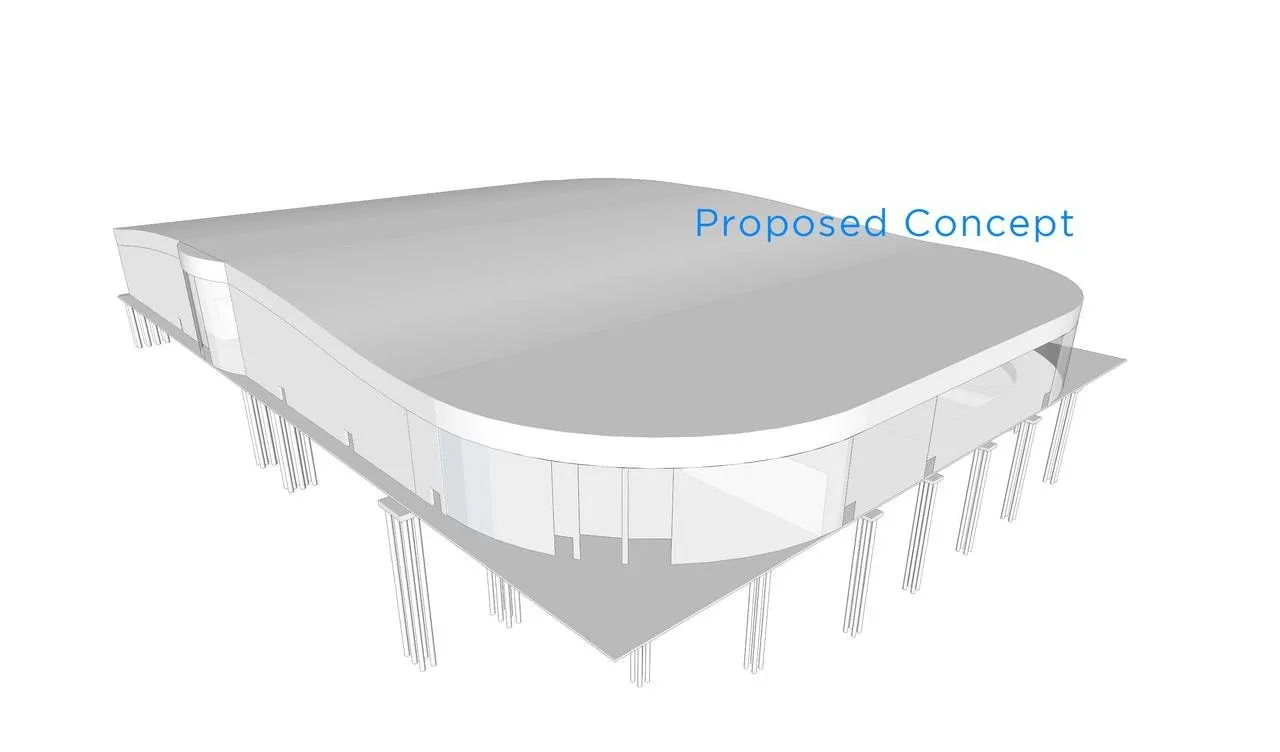
The conceptual use case would see a blockchain powered data analysis platform that would monitor built structures during their service life and operation. The system would complement design and construction of a multi storey Sports Centre.
Monitoring structures allows for early degradation detection which gives prior warning to prepare advanced planning and solution methods to be implemented in an effective manner before severe damage manifestation. A recap of SHM benefits:
· Economic motivation by catering for stable maintenance costs
· Minimal implementation and maintenance down time
· Critical damage prevention through early warning systems and risk management
· Provides live data analysis immediately to evaluate against design assumptions
SMART Sensors – IoT
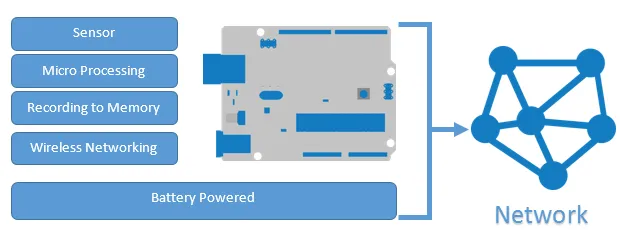
Most of us would have made use of some sort of IoT device in our daily lives (directly or indirectly). Creating a network of SMART sensors with the intention of automated data logging is another step towards projects like smart cities and monitored infrastructure. Active processing of sensing data applied to BIM models would create damage detection profiles that would be used by an engineer, creating a well-informed perspective for the end-user.
The construction industry is forever evolving and the use of these smart systems (both external and in-situ) are becoming vital in creating SHM profiles for structures.
Blockchain in Construction
The initial scope of the project explored the use of blockchain as an immutable databank. The platform proposed to allow IoT sensing devices to autonomously encode data on the blockchain using a data schema protocol. Low powered sensing solutions across a secure decentralized network would create a sustainable monitoring system that goes beyond current SHM limitations.
Taking ownership of data and perhaps attaching this data to asset management would be possible. I explored a number of potential avenues to trial my concept on but decided to keep my idea as simple as possible for now.
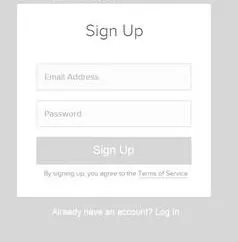
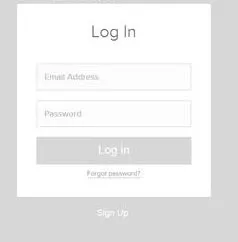
Using decentralized databanks for such projects would project minimal cost and setup time. The development of live analytical tools would allow access for on the fly monitoring and interrogation of the immutable data.
Automated data logging in real time is a modern day necessity, the system would allow live data to be viewed by an engineer remotely, to create a well-informed perspective for users. The act of sensing, communicating through connectivity, storing data on the chain and accessing it formulates a conceptual SMART sensing blockchain. Connectivity of the embedded devices are of course reliant on Internet things (IoT) devices.
I built a prototype sensor that made use of optical fibre sensing with the intention to monitor crack detection (more on this another time). The data output into the following schema:
· Organisation I.D – Unique identifier that ties the data set to an organisation
· Project I.D – Unique identifier that ties the data set to a project under an organization
· Building I.D – Unique identifier that ties data set to a specific building under a project
· Location I.D – Unique identifier that ties data set to specific location within a building
· Sensor System I.D - Unique identifier that ties data set to a sensor system within a specific location
· Data Reading – Recorded data reading
· Epoch Time – Universal epoch time data has been recorded at (synced using ntp)
This was stored as a CSV locally and the test sensor was built using a raspberry pi at the time as a proof of concept. A daemon was setup to run on the pi as a test node.

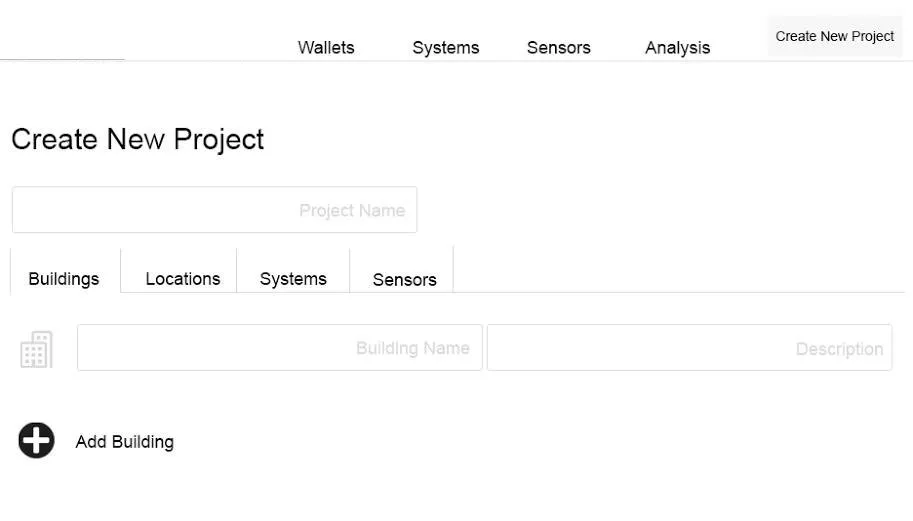
The idea was that each node with a unique address would hold a minimum amount of tokens to gain access to a subscription based model that offered analysis tools. Every transaction made would send sensor data to the receiving address and thus all data would be available on the blockchain for analysis.

Sensors sets and hierarchies could be deployed in zones (as above). A customisable solution that would allow interrogation of data using the blockchain.
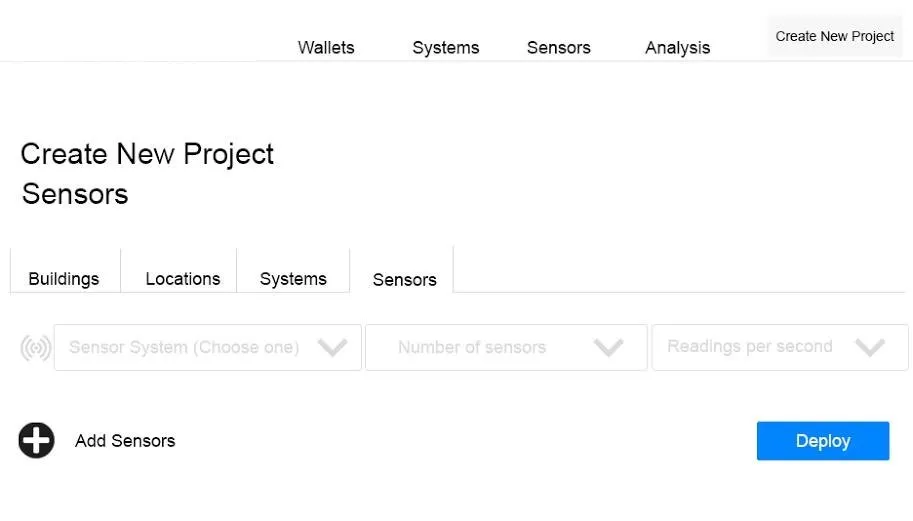
Users wishing to create larger scale projects would need to hold more tokens to allow a wider data stream, transaction frequency would also increase the rate of burnt tokens. A modular approach to deployment might be the most useful one to give users flexibility in realising cost-benefit decisions in critical areas.


A test script was made to read the data CSV file in order of entry and parse a row of data into hexadecimal form. The string is then encoded on the blockchain using the OP_Return transaction.
Data Management/ Analysis

Each deployed project would use tokens to encode data to the blockchain. All sensors required configuration and had a spendable balance to encode data onto the chain. The platform estimated a recommended token balance as part of the deployment service. A configuration file generated for each sensor system included:
• Script file to encode data automatically
• CSV file following required schema as specified by user
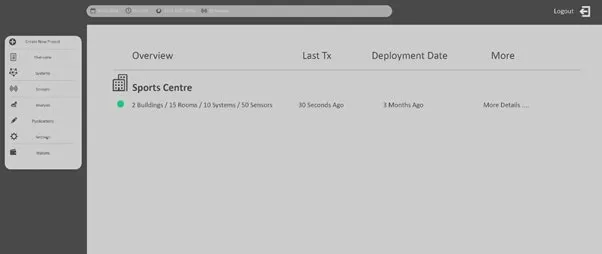
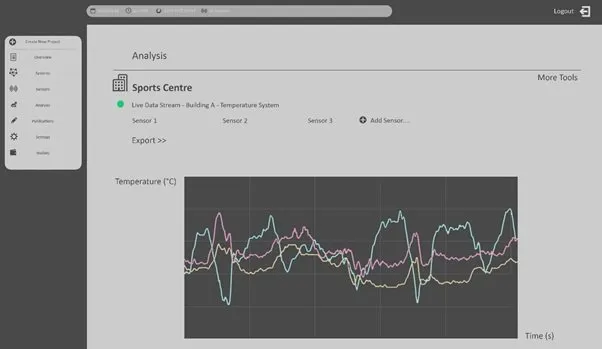
Users would be able to manage various SHM systems via the platform and carry out analysis tasks. Build their own apps to interrogate their data etc. This, in a nut shell was a very basic concept that sought to explore blockchain use in a built environment.
At the time, this was a novel approach within construction and I got to discuss my ideas with some industry leaders at Engineering shows. The bigger challenge was educating those professionals around blockchain and it lead to some very interesting discussions.
A Drop in The Ocean
Aside from the simple use case I explored on this occasion, I did (and continue to) explore other avenues for blockchain in construction/built environment.
Possible relief uses would include natural disaster warnings and mitigation. With the deployment of a network of sensors, parallel computing/hashing power could be used. Shared computing power could be used for disaster prediction and of course, this would be transparent. Seeing projects like Gridcoin, Golem etc. grow is positive and I look forward to seeing how EOS will evolve in the coming months.
While my documented use case was built on an inefficient protocol, I was very aware of the issues and highlighted this at the time. The construction industry is constantly seeking a sustainable approach, a lot of scrutiny around energy waste from mining was to be expected. The use of ETH may have been a better experiment and blockchain bloat was a very prominent issue that I pointed out in my research.
But crypto has come a long way since then. I believe that in times to come, blockchain holds the key to unlocking the next levels of BIM that industry talks about. It will revolutionise this industry and build a very different future as it merges with the Digital Engineering sector.
The project as a whole was an interesting one for me and helped me build a foundation that has given me awareness in crypto today. A lot has happened since then and I look forward to sharing more of my work and experiences here. I have been paying attention to a few Construction related cryptos in recent times so I hope to share my thoughts on them and generate some discussion here around them.
I’ll also be looking to develop something here on Steem as I feel this may be a platform perfect for knowledge sharing in Engineering.
I look forward to learning more from my peers here and hope you guys will give this post some passing comments. : )
Thanks for reading.
Momosan